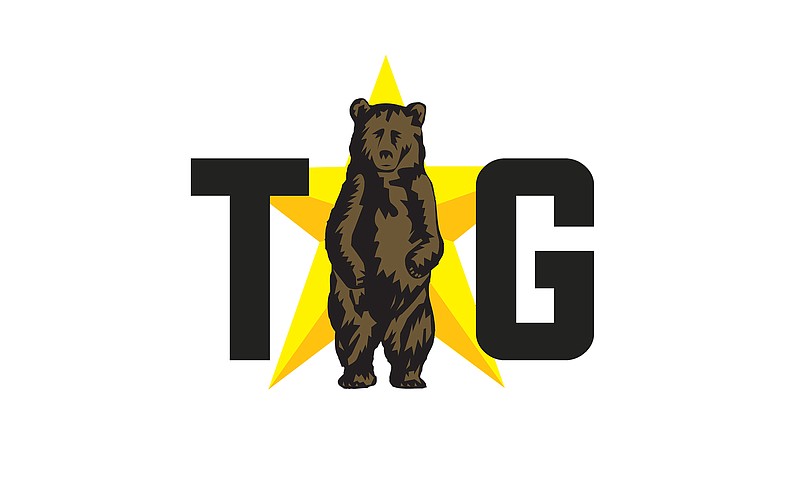When Helen Murray Free entered college in 1941, young women enjoyed few professional opportunities upon their graduation. For the most part, she said, they could hope to become "secretaries, nurses or teachers." In keeping with the limitations of her time, Free had enrolled at the College of Wooster in Ohio planning to become an English and Latin teacher.
But when the Japanese attacked Pearl Harbor, precipitating the U.S. entry into World War II, her horizons shifted. As young men emptied out of college campuses to join the armed forces, their seats in university science courses were suddenly vacant, although the country still needed scientists.
On the counsel of a dormitory housemother, and over the objections of a Latin professor who declared that he could not understand "why this girl wants to give up the marvelous world of mythology to work in a smelly old lab," Free changed her major from English to chemistry.
"Just like that!" she told the American Chemical Society years later. "I think that was the most terrific thing that ever happened because I certainly wouldn't have done the things I've done in my lifetime."
Free went on to pursue a decades-long career as a chemist at Miles Laboratories in Indiana, where, with her husband, Alfred Free, she developed a dip-and-read glucose test in 1956 that revolutionized diabetes care.
Free, the recipient of a 2009 National Medal of Technology and Innovation honoring her "seminal contributions to diagnostic chemistry," died May 1 at a hospice facility in Elkhart, Ind. She was 98. The cause was complications from a stroke, said her son Eric Free.
When Free joined Miles Laboratories shortly after her college graduation, the company, which was later acquired by Bayer, was best known for its effervescent antacid Alka-Seltzer. She soon began working in the research laboratory headed by biochemist Alfred Free, whom she married in 1947, and with whom she collaborated for the rest of her career.
They were engaged chiefly in the chemistry of medical diagnostics, particularly the detection of glucose in urine as an indicator of diabetes. At the time, glucose tests were imprecise and cumbersome. A urine specimen was collected, then combined with a reagent in a test tube that was heated over a Bunsen burner. The reagent caused the sample to change color according to the amount of sugar present in the urine.
Working with their laboratory colleagues, the Frees improved upon that method and then developed an entirely new glucose test that was more accurate, less expensive and easier to use. They dispensed with test tubes and created a dipstick, essentially a piece of paper coated with chemical reagents, that, when placed in a urine sample, changed color to indicate the results.
"It was Al who said, 'You know, we ought to be able to make this easier and even more convenient than tablets, so no one would have to wash out test tubes and mess around with droppers,' " Free recalled.
With the introduction of Clinistix in 1956, diabetics could conduct glucose tests at home, rather than making regular treks to the hospital. Other dipstick diagnostics followed, including tools for the testing and management of kidney and liver disease.
"The ease of testing and reading results with dip-and-read sticks, along with their low cost of manufacture, means that they continue to save, extend, and better the quality of life for people in the United States and around the world," reads an explanation of Free's National Medal of Technology and Innovation.
Helen Mae Murray was born in Pittsburgh on Feb. 20, 1923. Her mother died of influenza when Helen was 6, and her father supported the family as a coal salesman. They moved to Youngstown, Ohio, when Free was 3, and she spent her adolescence in nearby Poland, Ohio.
She received a bachelor's degree in chemistry from the College of Wooster in 1944. Decades later, she resumed her university studies and received a master's degree in health-care management from Central Michigan University in 1978.
Free retired in 1982, having risen to director of marketing services, but continued working for Bayer as a consultant.

